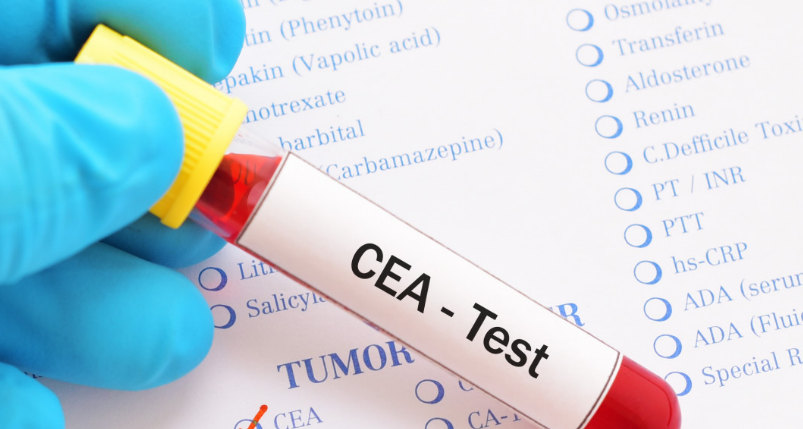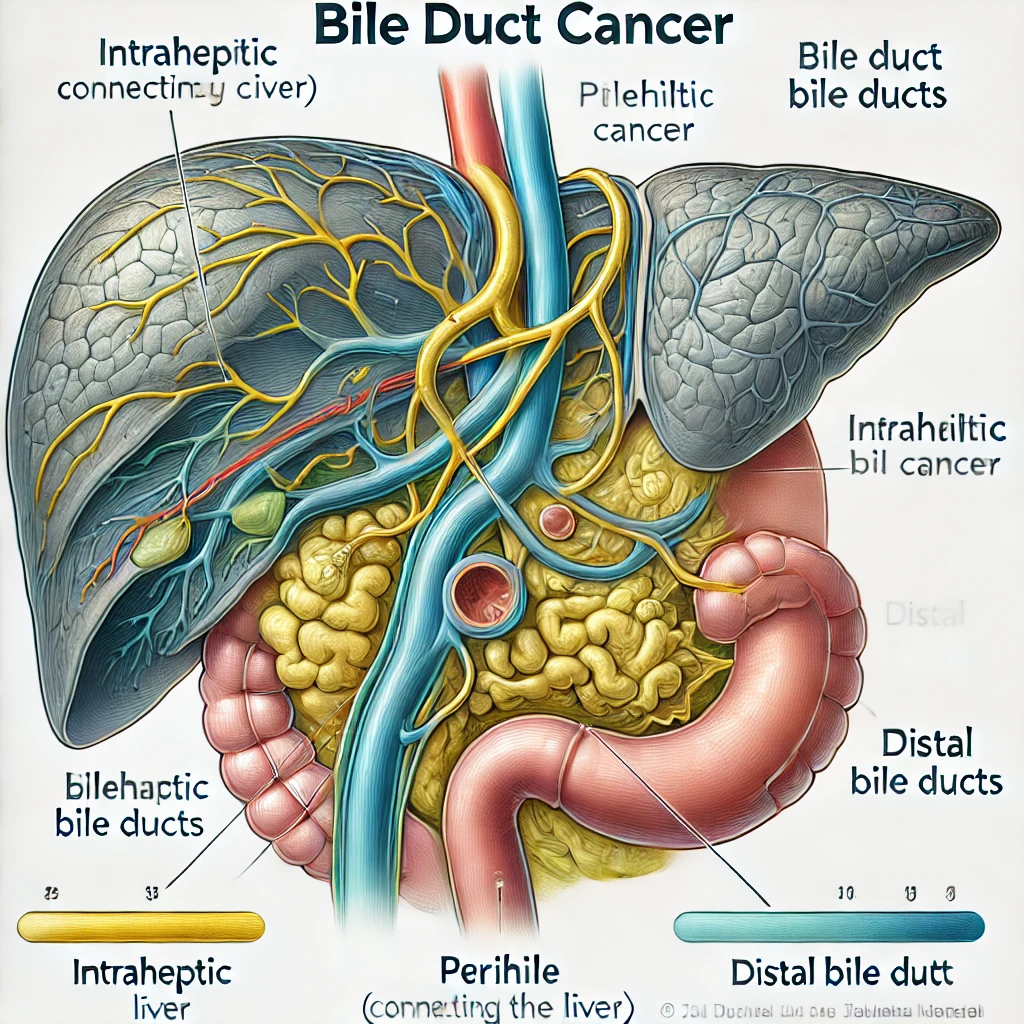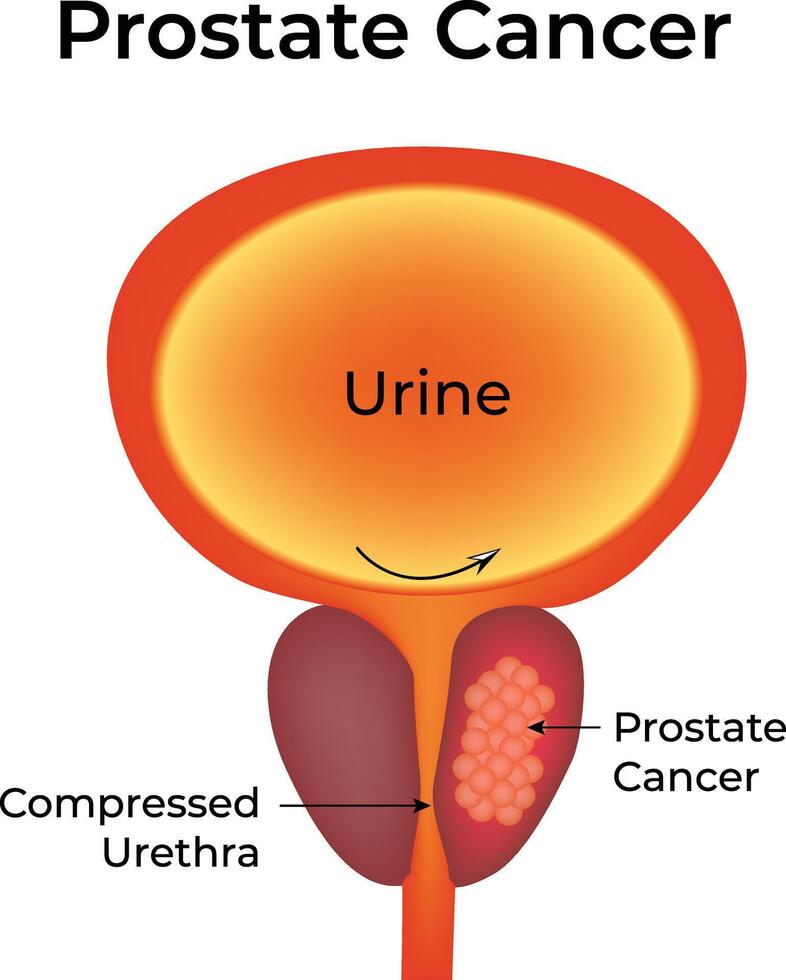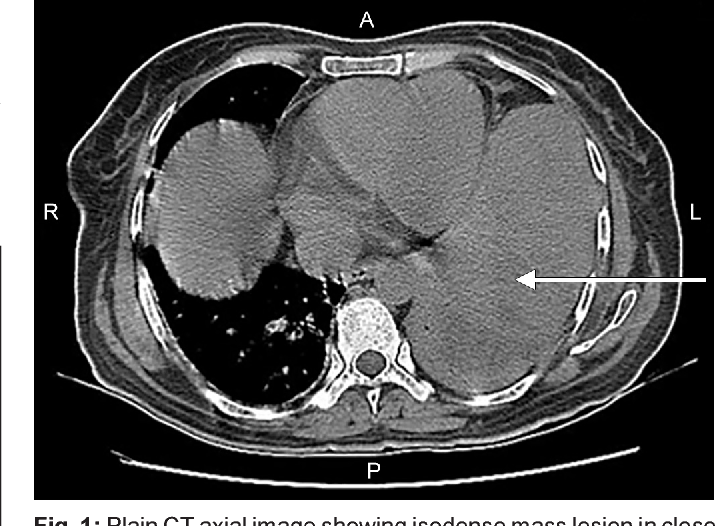What Is CEA and Why It Matters
Carcinoembryonic antigen (CEA) is a glycoprotein involved in cell adhesion, normally produced in fetal gut tissue and suppressed after birth. In adults, its levels are typically low or undetectable. However, some cancers — especially gastrointestinal — can reactivate the production of CEA, making it a useful tumor marker.
Importantly, CEA is not a screening test for the general population, but rather a monitoring tool in patients with diagnosed or suspected malignancies.
Physiological and Pathological Background
CEA belongs to the immunoglobulin superfamily and is mainly secreted by tumors derived from endodermal tissues, particularly those affecting the colon, rectum, pancreas, and lungs.
CEA can also be elevated in non-malignant conditions, making clinical context critical for interpretation.
Normal Range and Interpretation
| Patient Group | Normal CEA Range |
|---|---|
| Non-smoker adults | 0 – 3.0 ng/mL |
| Smokers | 0 – 5.0 ng/mL |
| Concerning for malignancy | > 5.0 – 10.0 ng/mL |
| Highly suggestive (>20 ng/mL) | May indicate metastasis or recurrence |
Smoking can moderately increase CEA levels due to chronic epithelial stimulation. Always consider smoking status in interpretation.
Clinical Uses of CEA in Oncology
1. Postoperative Surveillance in Colorectal Cancer
CEA is most commonly used in colorectal cancer follow-up after curative surgery. Rising levels may indicate recurrence, even before radiologic evidence appears. Guidelines often recommend monitoring CEA every 3–6 months for 3 years post-surgery.
Example: A patient with stage II colon cancer has CEA 2.5 ng/mL after surgery. One year later, it rises to 6.8 ng/mL. Imaging reveals liver metastasis not previously seen.
2. Assessment of Response to Therapy
In metastatic colorectal or pancreatic cancer, CEA can track response to chemotherapy. A declining trend may indicate tumor shrinkage; a sudden rise could suggest resistance or progression.
However, transient increases (CEA “spikes”) can occur after the first cycle of chemotherapy due to tumor lysis.
3. Prognostic Significance
High preoperative CEA levels are often associated with:
- Larger tumor burden
- Nodal involvement
- Higher risk of recurrence
- Worse overall survival
This makes it a valuable prognostic marker, particularly in colorectal and gastric cancers.
Conditions Where CEA May Be Elevated (Non-Cancer)
| Condition | Typical CEA Range |
|---|---|
| Smoking | Up to 5–6 ng/mL |
| Chronic liver disease (cirrhosis) | Mild to moderate ↑ |
| Inflammatory bowel disease | Slight ↑ in flares |
| Pancreatitis | Mild ↑ |
| Chronic obstructive pulmonary disease (COPD) | Mild ↑ |
Thus, mild elevations (5–10 ng/mL) require caution and must be contextualized.
CEA and Specific Cancer Types
| Cancer Type | Utility of CEA |
|---|---|
| Colorectal cancer | Gold standard for follow-up and recurrence |
| Pancreatic cancer | Sometimes elevated, used with CA 19-9 |
| Gastric cancer | Often elevated, less sensitive |
| Breast cancer | Can be used in combination with CA 15-3 |
| Lung cancer (especially adenocarcinoma) | Occasionally elevated |
| Medullary thyroid carcinoma | May co-elevate with calcitonin |
Note: CEA is not useful in hepatocellular carcinoma (AFP preferred) or prostate cancer (PSA preferred).
When Should CEA Be Measured?
CEA is not for screening. It is recommended in:
- Diagnosed colorectal cancer (pre- and post-surgery)
- Suspected recurrence (based on symptoms or imaging)
- Monitoring response in metastatic disease
- Cases of unknown primary cancer when other markers are negative
Routine measurement in healthy individuals is discouraged.
Limitations and Pitfalls
- Low specificity: Can rise in benign diseases
- Not produced by all tumors: Some cancers don’t elevate CEA at all
- Not suitable for early diagnosis: Early-stage cancers may show normal levels
- False elevations: Inflammation, infection, and smoking may cause moderate increases
Therefore, CEA should never be used alone to diagnose or rule out cancer.
Case Example
Patient A, 62 years old, non-smoker, post-op stage III colon cancer.
Initial CEA: 3.2 ng/mL → 2.4 → 2.8 → suddenly 7.5 ng/mL at 12-month visit.
CT scan reveals isolated liver lesion → confirmed recurrence.
CEA was first indicator before any symptoms or radiologic suspicion.
The Role of CEA in Modern Oncology
CEA remains a valuable, cost-effective tool in the oncologist’s arsenal, particularly for colorectal cancer. While not a stand-alone diagnostic test, it plays a key role in monitoring, early detection of recurrence, and evaluating treatment response.
When interpreted correctly and in clinical context, CEA helps clinicians make timely and targeted decisions, sometimes weeks or months before imaging catches up.
FAQ
Michael R., born 1962 — Seattle, WA: My CEA rose from 3.8 to 8.1 ng/mL over 6 months after colon cancer surgery. Does this mean recurrence?
Yes, that rise strongly suggests possible recurrence. A CT scan or PET should be done immediately.
Lisa T., born 1970 — Tampa, FL: I’m a smoker and my CEA is 5.2. I’ve never had cancer. Should I worry?
Mild elevations in smokers can be normal, but if it keeps rising or symptoms appear, further tests are needed.
David Y., born 1955 — Chicago, IL: My CEA dropped from 45 to 11 during chemo for colorectal cancer. Is this good news?
Yes. A falling CEA usually indicates treatment response, but imaging is needed to confirm tumor regression.
Emily W., born 1985 — Denver, CO: My CEA is 6.1 but all scans are clean. Can I relax?
One isolated value isn’t alarming if scans are clear. Keep monitoring — trends matter more than single results.
Mark P., born 1967 — Boston, MA: CEA stayed stable for years and now jumped to 12.6. Should I be alarmed?
Yes. Any sudden CEA rise after a long plateau should trigger imaging to check for recurrence or metastasis.
Angela B., born 1976 — Miami, FL: My CEA is 2.9 after colon cancer treatment. Is this normal?
Yes, that’s within normal range for a non-smoker and considered a good post-treatment marker.
Joshua S., born 1990 — Dallas, TX: My oncologist says my CEA is “non-informative.” What does that mean?
Some tumors don’t produce CEA. In such cases, it’s not useful to track — imaging and symptoms guide follow-up.
Maria H., born 1964 — San Jose, CA: Can stress or diet raise my CEA levels?
No. CEA isn’t influenced by lifestyle. Only biological or disease-related factors affect its value.
Thomas J., born 1959 — Phoenix, AZ: My CEA is 22. Does that always mean cancer?
It strongly suggests active malignancy or metastasis. Immediate diagnostic imaging is recommended.
Rachel M., born 1982 — Portland, OR: My CEA dropped to 1.4. Can I stop testing now?
No. Even with low CEA, routine surveillance is advised for at least 3–5 years after treatment.
Eric D., born 1971 — Charlotte, NC: Does exercise or weight loss affect CEA results?
No. Physical activity and diet do not impact CEA levels in any meaningful way.
Susan K., born 1946 — Los Angeles, CA: CEA spiked during chemo, then dropped. Is that normal?
Yes. Temporary rises (CEA flare) can happen after starting treatment due to tumor breakdown.
Robert N., born 1961 — Atlanta, GA: Can infection cause CEA to rise?
Only minor elevations. Significant or persistent rises are rarely caused by infection alone.
Katherine L., born 1978 — New York, NY: My doctor called my CEA “borderline.” Should I get another opinion?
If it’s steady and under 5, likely no. But rising levels or symptoms may justify further evaluation.
Daniel B., born 1953 — Philadelphia, PA: My CEA is 4.9 and I smoke. Is that considered normal?
Yes, in smokers the upper limit is 5.0. Still, close monitoring is smart if risk factors are present.
Lauren F., born 1995 — Salt Lake City, UT: Can CEA help detect cancer early if I feel fine?
No. CEA is not a screening tool. It’s only useful for monitoring known cancers.
Frank G., born 1968 — Minneapolis, MN: Is it dangerous to base treatment only on CEA levels?
Yes. CEA supports decision-making, but must always be combined with imaging and clinical assessment.
Nancy H., born 1957 — Detroit, MI: My CEA is high but scans are clean. Do I still have cancer?
Possibly. CEA can rise weeks or months before imaging shows recurrence. Retesting and close follow-up are needed.
Paul W., born 1963 — Cincinnati, OH: What’s a normal CEA trend after colon surgery?
It should return to near-zero levels within weeks. Any later increase needs to be checked promptly.
Jennifer D., born 1974 — Raleigh, NC: Can CEA ever be used alone to diagnose recurrence?
No. It can strongly suggest recurrence, but imaging or biopsy is always required to confirm.













